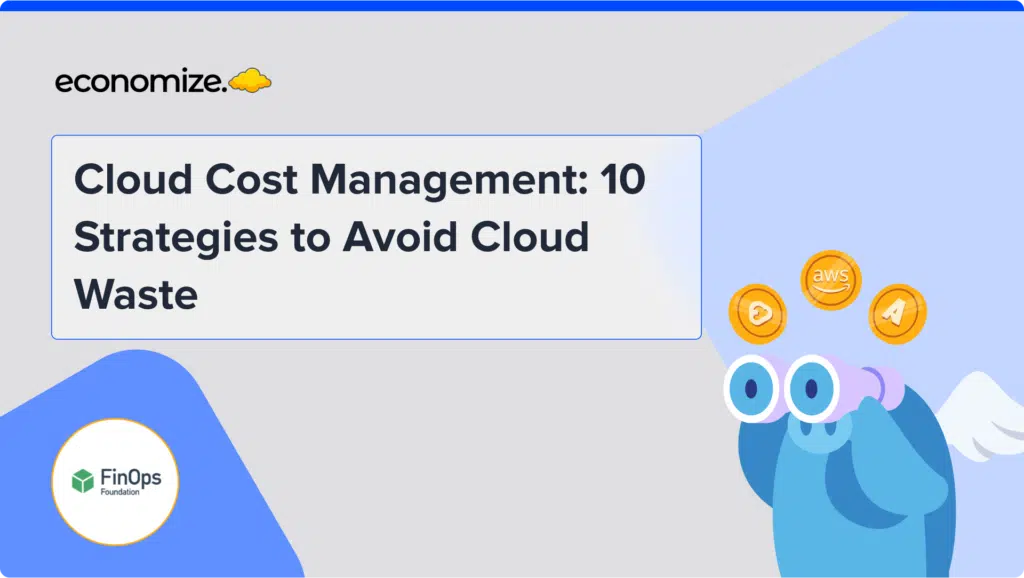What are Reserved Instances in AWS?
As organizations continue to increase the daily volume of their cloud workloads, service providers have simultaneously rendered cost savings opportunities and benefits to long-term clients. Amazon Web Services (AWS) offers Reserved Instances, an efficient and cost-saving service that allows customers to reserve capacity for Amazon Elastic Compute Cloud (EC2) and Amazon Relational Database Service (RDS) at a discounted price.
Reserved Instances are a cost-effective solution for companies that have predictable usage patterns and can commit to using the instances for an extended period of time.
How can Reserved Instances help in saving costs?
The utilization of Reserved Instances can be beneficial for saving costs on a variety of workloads such as:
- Operating Web servers, Web applications & Test and Development environments.
- Other Non-variable workloads, Batch processing tasks, Big data analytics, and Machine learning workloads.
For Production Workloads
One of the main purposes of Reserved Instances is to run Production Workloads, especially for companies with consistent consumption patterns. For instance, buying a reserved instance for the web server can benefit a company that maintains a web application that sees heavy traffic during the day and low traffic at night. As a result, the business may pay a cheaper hourly cost for the instance and gradually save revenue.
Running Testing and Development Environments
This is another use for Reserved Instances. They enable businesses to operate the necessary instances at a lesser cost while testing new features or applications. This is particularly helpful for businesses with several test and development environments that are only infrequently used.
Batch processing operations
They are another cost-effective way to utilize Reserved Instances. Workloads that operate on a timetable are prevalent in businesses, such as data processing activities that run at night. Using reserved instances can be advantageous for certain workloads since they can be planned to operate at a cheaper cost during non-peak hours.
Workloads involving Big Data Analytics and Machine Learning are also well-suited for Reserved Instances. These workloads frequently need a lot of processing power, and with Reserved Instances, they can be operated fairly inexpensively. This is particularly helpful for businesses trying to lower their cloud expenditures while maintaining the ability to operate these kinds of workloads.
The difference between Reserved and On-Demand Instances
In contrast to On-Demand instances, Reserved Instances require consumers to subscribe to a usage duration of one to three years in exchange for discounted hourly pricing. As a result, they are an appealing choice for clients who have fairly constant workloads and wish to lower their cloud expenditures.

In this example, an On-Demand Instance (T2) is now operating in your account, and you are paying its On-Demand fees.
- The billing advantage is instantly applied once you acquire a Reserved Instance with the same characteristics as your currently operating instance.
- The next step is to buy a Reserved Instance for a C4 instance.
- There are no instances currently running in your account that match this reserved instance’s characteristics.
- The billing advantage is instantly applied when you start an instance that satisfies the criteria for the C4 Reserved Instance in the final phase.
Different Types of Reserved Instances in AWS
Standard, Convertible, and Scheduled Reserved Instances are the three different price levels offered by AWS for Reserved Instances. Users should be aware of the distinctions between each type of Reserved Instance in order to select the one that best suits their needs. Each type of Reserved Instance also has a unique set of features and price variations.
Standard Reserved Instances
Standard Reserved Instances are the most constrained kind of Reserved Instance, however they also provide the biggest savings. They cannot be exchanged or refunded, and they are only accessible for a certain instance type and availability zone. Customers who have steady-state workloads and can commit to utilizing the instances for a long period of time are the ideal candidates for this type of Reserved Instance. Although there aren’t any exchange options, users can modify their instances.
Convertible Reserved Instances
On the other end, Convertible Reserved Instances allow more flexibility while offering lesser savings than Standard Reserved Instances. They are a suitable option for clients who may need to modify their instance type or availability zone in the future because they may be exchanged for other availability zones or instance types. This type of Reserved Instance is ideal for organizations that have steady workloads but unsteady availability zones.
- All availability zones in which AWS instances are available can be viewed here.
Scheduled Reserved Instances
Scheduled Reserved Instances are intended for clients who want instances to be running only at specific times of the day or week. Customers that have workloads that are only periodically used, such as batch processing operations that run at night, are best suited for this kind of Reserved Instance. These instances are only accessible according to a set schedule, within specific hours of the day or week.
- It is important to know that according to AWS documentation, Scheduled Reserved Instances cannot be purchased at this time. The notice also mentions that AWS does not have any capacity or plans to make it available in the future.
Comparing Savings and Functionality
When comparing the three types of Reserved Instances, keep your workload and desired amount of flexibility in mind. Although Standard Reserved Instances are the most constrained, they also provide the biggest savings. Convertible Reserved Instances provide a lower savings but more flexibility. The clients that only need to operate instances during specific hours of the day or week are best suited for Scheduled Reserved Instances.
Conclusion
Reserved Instances are an effective cost-cutting solution for businesses that operate sustained AWS applications. Customers can significantly reduce the cost of their cloud costs by making better-informed decisions when acquiring and maintaining Reserved Instances by knowing the various types, their capabilities, price options, and the return on investment.
If your organization processes large cloud-based workloads on a daily basis, you might be at risk of exponential expenditure with each billing cycle. Book a demo with Economize to see all the ways you can save on your monthly cloud costs and optimize your workloads for maximum efficiency.








